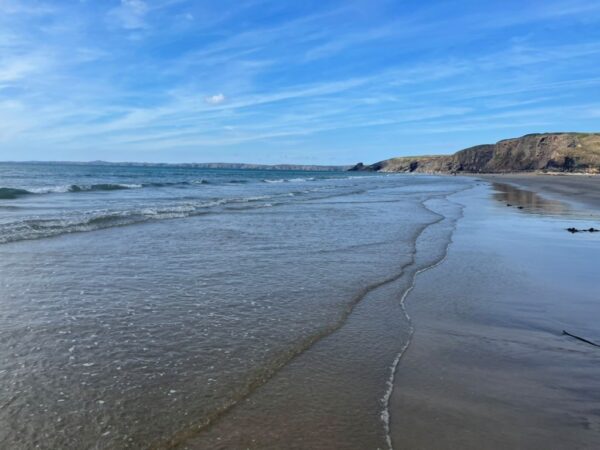New research on the vulnerability of the UK’s seabed carbon stores to the pressures from bottom trawling by fishing boats could help protect vulnerable shelf seas.
Researchers from the University of St Andrews have collaborated with Scottish Government scientists to develop a new predictive approach that will help assess how vulnerable the UK’s seabed carbon stores are to the pressures of bottom trawling by fishing boats.
Within the United Kingdom’s exclusive economic zone (UK EEZ), an estimated 524 Mt (megatonnes) of organic carbon is stored within the surface seabed sediment. These vast marine stores of sedimentary organic carbon are much larger than those on land, yet remain poorly protected as natural carbon sinks that, once disturbed, release carbon back to the environment, potentially as an additional greenhouse gas contribution to global warming.
The research delivers important new evidence to help understand why some regions of the shelf may be far more vulnerable to disturbance than others.
Kirsty Black, lead author and a PhD student at the University of St Andrews, said: “Detailed mapping of both the sediment properties and the pressures they experience from bottom trawling has allowed a detailed understanding to emerge of the potential vulnerability of these sedimentary carbon stores across the entire UK EEZ. This is the most detailed study of its kind anywhere in the world.”
Professor Bill Turrell, co-author and Head of Environment, Monitoring and Assessment in the Marine Scotland Directorate of the Scottish Government, commented: “In Marine Scotland, working with the Scottish Blue Carbon Forum, we have been systematically improving the evidence base describing blue carbon habitats in Scottish seas, and the pressures they face. This paper adds significantly to the understanding of pressures on seabed carbon and will help us manage this important carbon store.”
The results of the new study show that certain key areas of the seabed contain vulnerable stores of sedimentary organic carbon which are potentially most at risk from bottom trawling activity. These organic carbon rich sediments are highly reactive and, in combination with the pressures of repetitive trawling within inshore waters, allow the identification of organic carbon ‘hotspots’ which are likely to be most vulnerable to seabed disturbance.
The news release from St Andrews University can be read here and the paper ‘Assessing the potential vulnerability of sedimentary carbon stores to bottom trawling disturbance within the UK EEZ’ is published in Frontiers in Marine Science and is available online.

No Comment